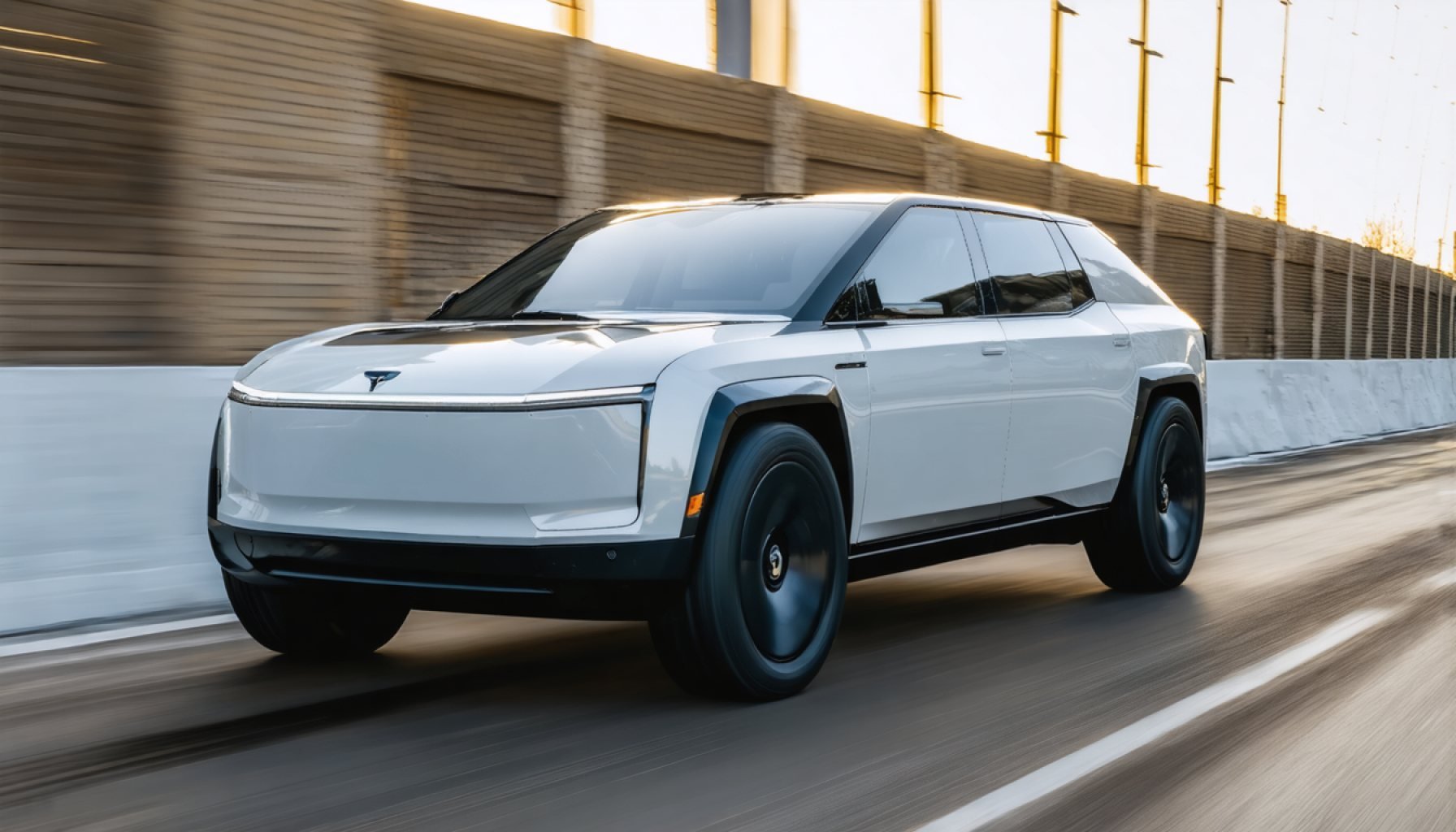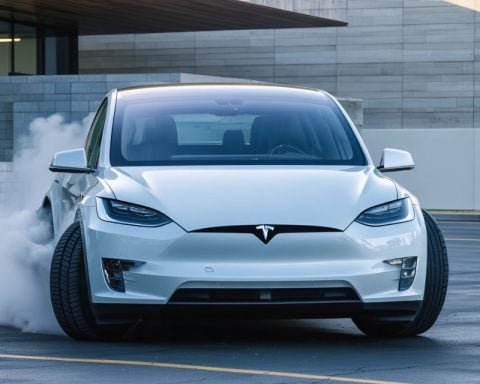- Rivian surprised Wall Street by reporting a $170 million gross profit, indicating a shift toward financial stability.
- The company has improved cost efficiency significantly, cutting automotive costs in preparation for new model launches.
- Rivian plans to launch the R2, R3, and R3X models, all priced under $50,000, aiming to expand its consumer base.
- This strategy mirrors Tesla’s successful mass-market approach with the Model 3 and Model Y.
- If Rivian maintains its financial discipline and product execution, it may achieve significant growth by 2026.
- Shares are currently just below $14.50, with investors watching for Rivian’s potential to replicate Tesla’s trajectory.
- Rivian is positioned for transformation, offering an exciting prospect in the electric vehicle industry.
Rivian, the electric vehicle (EV) maker often overshadowed by its flashier competitors, recently unveiled news that could redefine its future. In a market where smaller EV firms often waver, Rivian managed to surprise Wall Street with its latest quarterly earnings. No longer just the new kid on the block, Rivian posted a $170 million gross profit, signaling a potential shift toward financial stability.
Amidst whispers of another Tesla-like growth story, this move is pivotal. Rivian, once a darling of the stock market in 2021 with valuations peaking beyond $100 billion, saw its luster dulled by fluctuating demands and hefty production costs. Yet, the recent revelation of positive gross profits highlights Rivian’s resolve and strategic pivots toward cost efficiency. The company has significantly slashed its automotive cost of goods, crucial as it gears up for the much-anticipated launch of the R2, R3, and R3X models.
These forthcoming vehicles, priced under $50,000, could mimic Tesla’s trajectory when it launched the Model 3 and Model Y. By diving into mass-market waters, Rivian aims to attract a broader consumer base, echoing the strategy that skyrocketed Tesla’s sales in recent years.
What lies ahead? If Rivian can maintain its newfound financial discipline and execute its product launches successfully, it might just chart a course for stellar growth in 2026. With shares currently hovering just below $14.50, market watchers keenly anticipate the likelihood of Rivian following Tesla’s playbook, promising an intriguing ride for investors and EV enthusiasts alike. Rivian may indeed be on the cusp of a transformation, one that promises a compelling narrative in the EV saga.
Is Rivian the Next Tesla? Key Insights into the EV Maker’s Bright Future
How-To Steps & Life Hacks
1. Investing Wisely in Rivian: Conduct thorough research on Rivian’s financial statements, focusing on profits, cost management, and launch schedules. Look for analyst reports and customer reviews to gauge market sentiment.
2. Monitor EV Industry Trends: Stay updated on global EV trends, policies favoring electric vehicles, and potential incentives. Follow industry news sources like Bloomberg or Reuters for the latest developments.
3. Leverage Loyalty Programs: If interested in Rivian’s forthcoming models, sign up for newsletters or loyalty programs for early access and potential benefits upon product launches.
Real-World Use Cases
Rivian’s vehicles are designed not just for city driving but are also off-road capable, appealing to outdoor enthusiasts. The R1T and R1S models are particularly popular for road trips due to their performance and range.
Use cases include:
– Family travel and adventure, thanks to the spacious interiors and robust build.
– Eco-friendly commuting to reduce one’s carbon footprint.
– Business fleet transitions to electric, benefiting from lower fuel and maintenance costs.
Market Forecasts & Industry Trends
Rivian’s market trajectory shows promise, especially with its shift towards cost-efficient production and affordable models like the R2 and R3. Globally, the EV market is forecasted to grow, with BloombergNEF predicting EVs will account for 58% of all passenger vehicle sales by 2040.
Reviews & Comparisons
Comparatively, Rivian and Tesla remain the main powerhouses in the EV market. Rivian’s main edge lies in its off-road vehicles, whereas Tesla dominates urban electric mobility with its comprehensive Supercharger network.
– Pros of Rivian: Strong off-road capability, innovative tech features, appealing design.
– Cons of Rivian: New to the mass-market segment, comparatively limited charging infrastructure.
Controversies & Limitations
One limitation for Rivian is production capacity, posing potential risks in meeting the high demand. Industry-wide chip shortages and battery supply constraints could also impact timelines and pricing.
Features, Specs & Pricing
Upcoming models like the R2 and R3 are expected to price under $50,000, aiming at mass-market appeal. Core features would likely include advanced battery tech, autonomous driving capabilities, and customizable interiors.
Security & Sustainability
Rivian, like other EV manufacturers, must prioritize cybersecurity measures to safeguard user data and vehicle systems. Sustainability remains central, with commitments to renewable energy and environmentally responsible manufacturing processes.
Insights & Predictions
Analysts predict that if Rivian successfully launches its new models and enhances production efficiencies, it could experience a significant upturn in sales and market value similar to Tesla’s earlier growth. Staying innovative and agile will be crucial amidst a competitive EV landscape.
Tutorials & Compatibility
Potential customers should explore Rivian’s website and YouTube for video tutorials detailing vehicle features, charging processes, and maintenance tips.
Pros & Cons Overview
– Pros: Strong potential for growth, commitment to sustainability, promising new models, focus on cost efficiency.
– Cons: New market player, production scalability challenges, heavy competition from established EV giants.
Actionable Recommendations
1. For Investors: Keep a close watch on Rivian’s production capabilities and market strategies related to the R2 and R3 launches; consider diversifying portfolios with Rivian stocks as part of long-term investments.
2. Potential Buyers: Keep an eye on launch timelines for the R2 and R3. Join interest lists for firsthand news and pre-order opportunities.
3. EV Enthusiasts: Follow Rivian’s social media and news alerts for the latest updates. Engage with communities on platforms like Reddit to share insights and experiences.
For more insights into electric vehicles and future trends, check out Tesla.



















